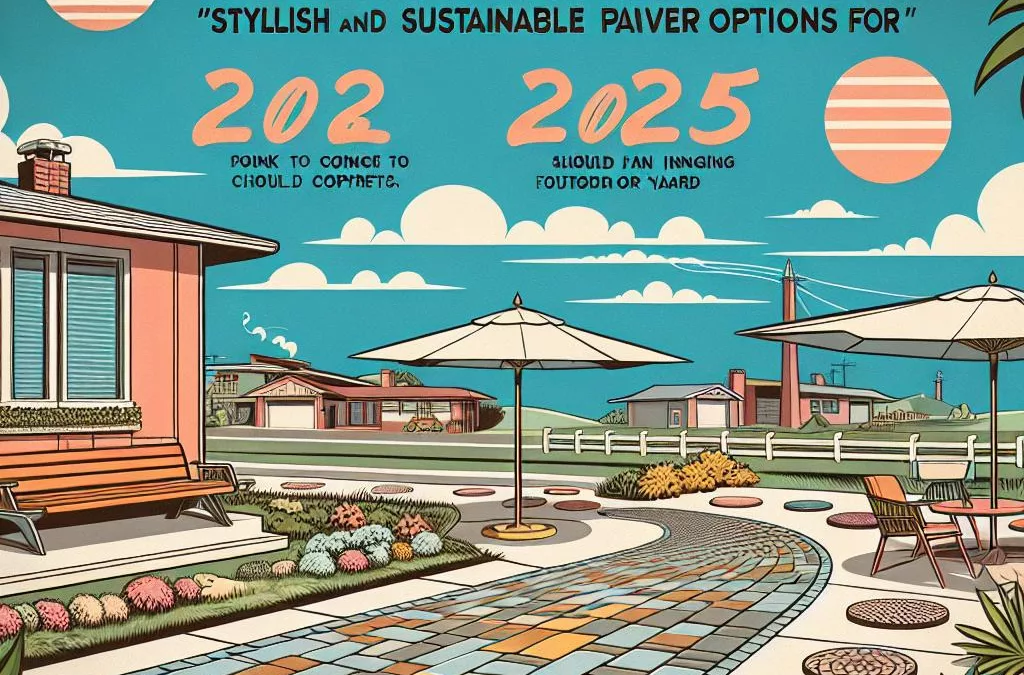Introduction
In the evolving landscape of outdoor design, pavers hold a prominent role. These versatile materials define spaces, enhance aesthetics, and serve practical purposes in both residential and commercial properties. As we look toward 2025, the world of pavers is poised for a transformative shift, driven by the dual pursuit of style and sustainability.
Current State of Pavers
Paver design has come a long way, transitioning from basic brick formations to an array of innovative materials and patterns. The evolution of these materials reflects a growing demand for not only visually appealing but also environmentally conscious options.
Why Sustainability Matters in Paver Trends
The environmental impact of traditional pavers necessitates a shift towards sustainable solutions. Eco-friendly materials reduce carbon footprints, conserve natural resources, and present durable alternatives that align with modern green building practices.
Stylish Paver Trends for 2025
Blending Indoor and Outdoor Spaces: As boundaries blur between indoor and outdoor areas, pavers that match interior design elements enhance continuity and create a seamless flow.
Large-Format Pavers: Known for minimizing grout lines, large-format pavers offer a clean, expansive look, appealing to homeowners seeking low maintenance and versatile design options.
Mixed Materials for Walkways: Combining different materials—such as stone and brick—allows for creative expression and enriches the visual tapestry of outdoor spaces.
Textured Pavers: Adding dimension and safety, textured surfaces are not only slip-resistant but also contribute to the space’s aesthetic appeal.
Bold and Contrasting Paver Patterns: Herringbone and circular layouts capture the eye and define spaces with their dynamic and bold patterns.
Professional Installation
For these stylish options to truly shine, professional installation is paramount. Skilled installers ensure precision and bring design visions to life, offering guidance on materials and execution.
Sustainable Paver Trends for 2025
Sustainable Paver Options: Materials crafted from recycled resources, such as reclaimed bricks, reduce waste and contribute to eco-conscious efforts.
Eco-Friendly Production Methods: Manufacturers are focusing on reducing their carbon footprints through sustainable production techniques, aligning their goals with broader environmental initiatives.
Smart Pavers with Embedded Technology: Innovations like solar-powered lighting and motion sensors integrate seamlessly into pavers, enhancing both functionality and eco-friendliness.
Mixed Materials for Texture and Dimension: Incorporating wood, gravel, or turf alongside pavers not only introduces texture but also aids drainage and provides dynamic design opportunities.
Conclusion
The future of pavers in 2025 is both stylish and sustainable, reflecting a society increasingly focused on responsiveness to aesthetic delight and ecological responsibility. As trends inspire new innovations, pavers will continue to transform outdoor environments, matching beauty with conscientious design.
For more insights into the world of paving, read more from these resources:

